|
Having a first aid kit at a construction site is compulsory. Construction is a high-risk job and injuries happen often. While not always serious, they do need immediate attention. If you haven’t already added a first aid kit to your construction site office, let us convince you. Why Should You Keep a First Aid Kit on a Construction Site?Here are the top reasons why keeping or carrying a first aid kit on a construction site is important: 1. Treat Injuries Fast A construction site is not the safest place on earth. The constant movement, heavy machinery, and labor-intensiveness of the job make it a high-risk job. There are plenty of injuries one can get on a day-to-day basis and a lot more risks for freaky accidents. Someone can tear a nail out, crush a toe, hit their head, or fall "Being able to treat any injuries that happen quickly can be a lifesaver" Being able to treat any injuries that happen quickly can be a lifesaver. You can disinfect wounds, bandage them, check their temperature, and sometimes even offer antibiotics. These options offer relief but they can also save lives. 2. Lessen Risk of Litigation The OSHA requires that workplaces make first aid kits and medical services available to workers. The law was put in place to help people getting injured at work. Failure to comply with this law puts any company at risk of fines. If a construction worker was to get injured and they could not receive life-saving treatment because they had no first-aid kit, your company could be facing serious fines. Additionally, the person or their family could sue the company. Whether or not the injury was serious is irrelevant because the company is somewhat liable for not complying with regulations. To avoid getting fined when safety inspectors come around or sued when an employee can’t receive first aid, it is better to just keep a first aid kit on site. 3. Relieve Pain Quickly Having immediate pain relief at a construction site is a major advantage. The job is physically taxing and puts the body through intense movement. Construction workers should have access to pain medication as fast as they need it. Be it for headaches, backaches, skin irritations, or a sprained ankle. 4. Prevent Discomfort and Further Injury When you treat injuries fast, you help take away the discomfort. It could be rubbing a soothing balm on a rash from coming in contact with irritating plants or animals. Or, you may administer antiseptics and treat a wound, preventing sepsis and bacterial infection. "Having a first aid kit ensures that minor injuries and discomforts remain minor." Whatever the case, having a first aid kit ensures that minor injuries and discomforts remain minor. It also ensures that serious injuries receive fast and urgent care to prevent fatalities. 5. Compact and Mobile Package A first aid kit is a compact package you can carry everywhere. Keeping it in the construction site's main office is great but you can move it if needed. You can help neighboring businesses or others in the area when they have a medical emergency. It gives you peace of mind that you can respond in case of emergency. What Should You Include in a Construction Site First Aid Kit?There are two categories of first aid kits: Class A and Class B.
For a construction site, it is advisable to have a class B first aid kit. Here is what your kit should contain:
The numbers of each item are the minimum amount recommended for a 10-person team. Depending on how many people work at a construction site, you may choose to add more of each. First Aid Kit General Guidelines for a Construction ProjectsFirst aid kits at construction sites should be placed in prominent positions. The best place would be near fire points as this is where most people will congregate during an emergency. You can also have one in the main office if it is easy to find and well arranged. Most minor or individual injuries can be attended to in the main office where the person can sit down. However, depending on the size of the project and the number of workers on a site, you may have to have one in different locations. Completed levels of construction the main office, fire assembly points, and the bathroom can all have a first aid kit. "All construction projects should have at least one qualified first aider during every shift." All construction projects should have at least one qualified first aider during every shift. Aim to provide general first aid training at the start of every construction job. This ensures the entire team can help in event of an emergency. Also, offer certification training or hire a person already certified for every shift. In case of an emergency, this person can give life-saving treatment until emergency responders arrive. "Ensure the first aid kit remains restocked and check for the expiry date on the items" Keep a list of the first aid kit contents available at all times. This list should be updated whenever anything is taken out, even painkillers. Ensure the first aid kit remains restocked and check for the expiry date on the items. Once they are close to expiry, discard and replace them. What Size Should a Construction Site First Aid Kit Be?When deciding the size of your first aid kit, consider how many workers are around the construction project site daily. Also, consider the overall size of the construction site. If working on a large construction site or a high-rise building, it may be better to get several, well-equipped but small first aid kits and scatter them across the site. The size of the first aid kit is not about the size of the bag. Rather, it is the number of items in the kit and how many people it could comfortably treat. Construction sites with more workers need bigger first aid kits. There are four main sizes of first aid kits available:
Here is our guide for first aid kit sizes for construction sites: Low Hazard Sites
High Hazard Sites
Final WordKeeping a first aid kit on a construction site is vital and required by law. It can help prevent further injury and save someone’s life. AuthorThis article was written by the Medshop Editor - Medshop is a leading medical supplier, servicing the Australasian region with an unbeatable range of medical supplies and a drive to exceed consumer needs. Do you want to learn how to manage construction projects successfully"It's a very good book. I recommend it and Paul's articles too for junior project managers, and defiantly it will add value and experience to readers." (Reader - Amazon Australia) Paul Netscher has written several easy to read books for owners, contractors, construction managers, construction supervisors and foremen. They cover all aspects of construction management and are filled with tips and insights. Visit to read more. The books are available in paper and ebook from most online stores including Amazon. This article is a guest post and the owners of this website take no responsibility for the content or it's originality. The website publishes this article in good faith with the undertaking from the author and supplier that the content has not been plagiarised. Please report any errors in the article to the website owners. Should you prove the content is not original the article will be immediately taken down.
0 Comments
"The end of the year is a time to contemplate the past year and consider the coming year." 2023 – A New Year – make it the best construction year ever 2022, where did it go so fast? The last few years have been tough for many. Some of you will look back on 2022 and curse the gods of construction that were against you, rising costs, subcontractors that let you down, the weather, politicians, uncooperative clients, competitors that undercut your prices, employees, the economy, in fact usually everybody and anyone. But this serves little purpose. The end of the year is a time to contemplate the past year and consider the coming year. It’s that time of year when many make New Year’s resolutions. These include; getting fit, losing weight, stopping smoking, drinking less, taking up a new hobby, managing stress, changing jobs and spending more time with the family. Unfortunately, few successfully keep these resolutions because they’re often poorly thought through, spur of the moment decisions (sometimes made after a few drinks), or because they just seemed like the right thing to say and do. There’s no plan on how to go about keeping the resolution. So other than providing some optimism and a brief feeling of good, they often achieve little. " How will you make this year better than last year? Do you have a plan?" What will you be wishing for in 2023? No doubt you are wishing for company growth, increased profits, successful construction projects, a developing career, more family time, good health, less stress and a year with few problems. But have you really thought how you’ll achieve these aims? Do you have a plan? How will you make 2023 better than 2022? Before you get totally immersed in the hassles, problems and work in the New Year, take some time to consider things you could improve in your company, your projects and your everyday life. Why not put some New Year’s resolutions in place, and keep them. Try these construction resolutions in 2023
"We can all learn something new"
"Effective delegation empowers and motivates our team."
"Your crew wants to know that they belong to a successful team."
Successful contracting in 2023Don’t let another year go past without making a few necessary changes. Before we know it 2023 will be half gone! Take action now on just a few of these points and you’ll certainly be able to look back at the end of 2023 with a sense of achievement. Write down the resolutions you want to implement. Include a short plan on how you’ll tackle them. Then, don’t forget to monitor progress through the year. "You can make the difference with some planning and a little effort." Make this year a new beginning. Don’t let this become another forgotten New Year’s resolution! You can make the difference to your construction project, your company, and your life with some planning and a little effort. How do you plan to transform your company, your construction projects and your career this year? Please share your thoughts. If you put some of these ideas into practice please don’t forget to give us feedback on how they helped you. Wishing you an inspired, happy, healthy and successful 2023. Thank you for your continued support. "Very useful guide regarding the management of the construction projects. Open, direct and insightful." (Reader review Amazon.co.uk) Paul Netscher has written several easy to read books for owners, contractors, construction managers, construction supervisors and foremen. They cover all aspects of construction management and are filled with tips and insights.
Visit to read more. The books are available in paper and ebook from most online stores including Amazon. |
Archives
June 2024
Note: We welcome genuine comments, especially comments that add additional information to the subject matter in the article. We however reserve the right to remove inappropriate comments, which includes comments that have nothing to do with the subject, comments that include inappropriate language, and comments that are an advertisement for a product or company, or which include an advertising link. Comments must be in English. We will not enter into discussion on why a particular comment was removed.
CategoriesCopyright 2016 - The attached articles cannot be reproduced for commercial purposes without the consent of the author.
The opinions expressed in the attached articles are those of the writer. It should be noted that projects are varied and different laws and restrictions apply which depend on the location of the contractor and the project. It's important that the reader uses the supplied information taking cognisance of their particular circumstances. The writer assumes no responsibility or liability for any loss of any kind arising from the reader using the information or advice contained herein. "I have what I consider some of the best books on construction management."
Books are available from: Amazon.com Amazon.co.uk takealot.com kalahari.com Amazon.in Amazon.de Amazon.fr Amazon.it Amazon.com.au Powell's Fishpond uread bokus Amazon.ca Amazon.es Other retail stores Available in paperback or on Kindle "28 YEARS OF CONSTRUCTION PROJECT MANAGEMENT EXPERIENCE, DEVELOPING SUCCESSFUL CONSTRUCTION PROJECT MANAGERS AND BUILDING SUCCESSFUL CONSTRUCTION COMPANIES"
|
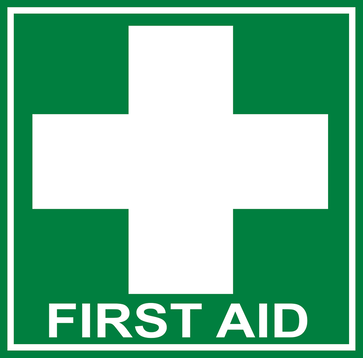

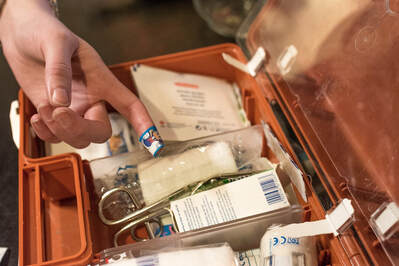
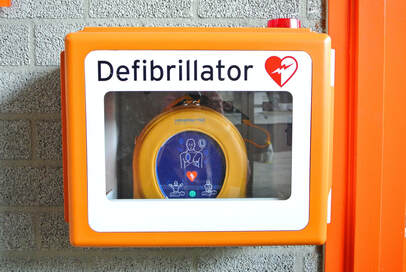
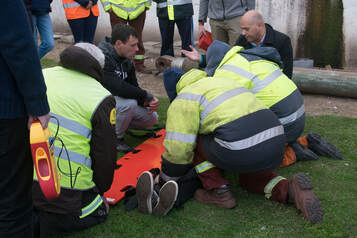
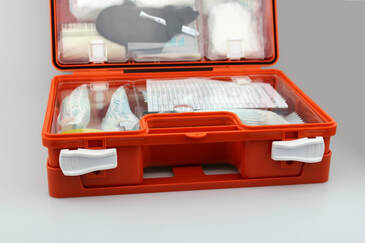

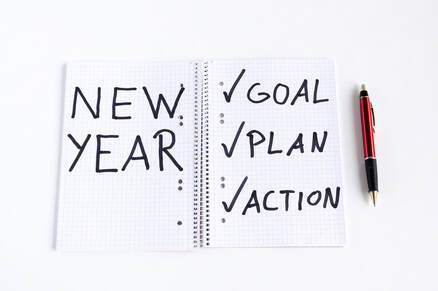
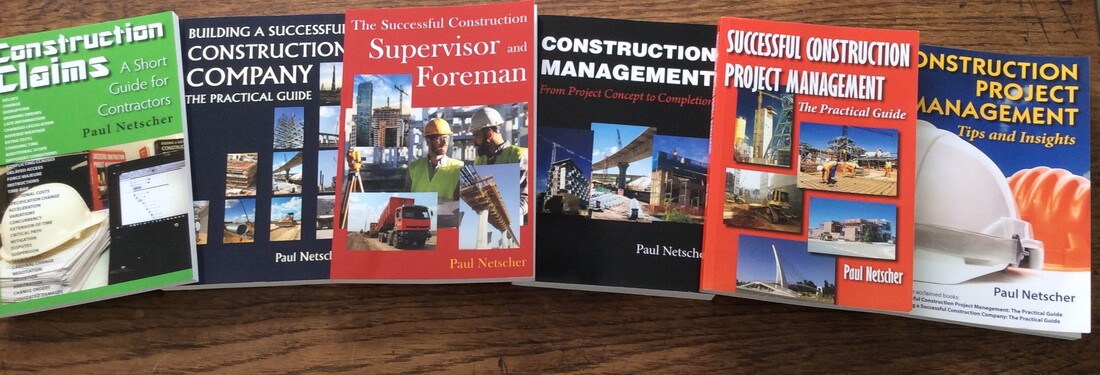

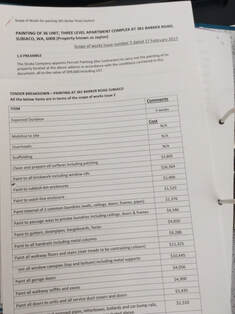


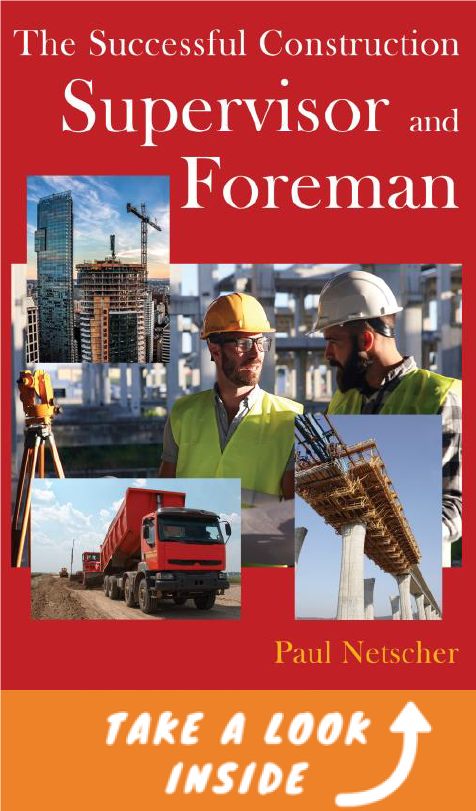
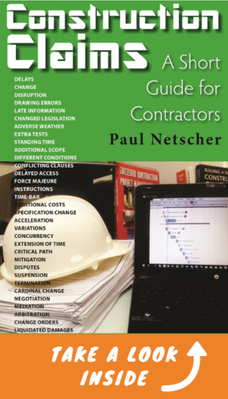
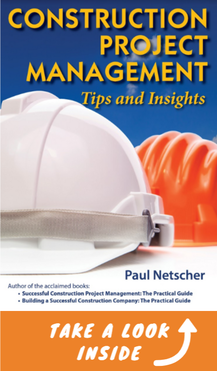
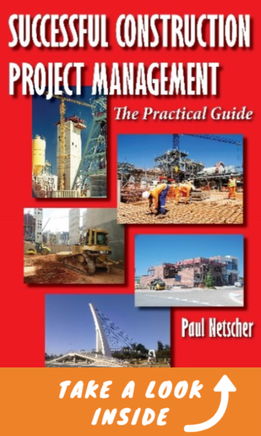
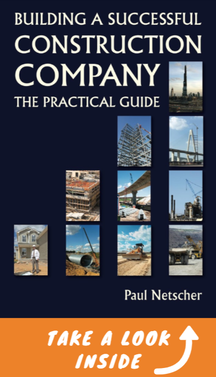


 RSS Feed
RSS Feed




